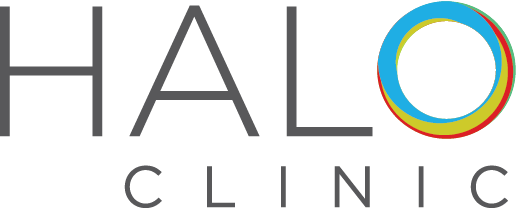Tech Neck. Why tech hurts your neck.
The most common challenge I see around my practice concerning posture is “Tech Neck.”

As a result of practicing chiropractic for over 10 years, I have often heard questions about posture.
“Do I have good posture?”
“Do I have bad posture?”
Many of our patients in Calgary spend hours hunched forward with their neck over some electronic device. “Tech Neck” results in a shift to the kinetic chain, increase in the relative weight of the head and putting pressure on the discs, muscles and other structures of the neck.
Tech Neck can lead to;
- A Pain in your neck.
- Sore or tight shoulders.
- Headaches
- Numb fingers or Thumbs
- Eye strain
The kinetic chain represents the idea that the joints and segments of the body affect one during movement. There is a ‘chain of events’ that occurs as we move or look around, our bodies shift position, and our muscles and tendons work to move us.
As a result of “Tech Neck,” as the head moves forward, the relative weight of the head increases. Some people suggest that for every inch that the head moves ahead of the shoulders as observed at the ears of the ears, the weight of the head relatively increases by 15 pounds. When the ears are straight over the shoulders in an ideal posture position, the head weighs 15 pounds. The forward creep of our head means that we start to increase the relative weight of our head. When the head moves forward, one inch the weight of the head is relatively 30 pounds. When the head moves forward 2 inches the relative weight of the head would be 45 pounds.
As a result of tech neck, the relative weight of the head increases. The body now needs to adapt to the increased weight, causing the muscles in the back of the neck and the upper spine to work harder to keep the head from falling forward. The muscles in the front of the neck tighten and shorten to maintain a tone in the resting muscles. The front chest muscles called the pecs also shorten as spend time with our arms in front of us, such as when we use a keyboard or smartphone. As muscles shorten, it gets harder and harder to return to a neutral position. (Tech Neck leads to Upper Cross Syndrome)
As our shoulders round and our heads creep forward, we develop chronic shortening of posture muscles straining our spine and the discs. The shift in head position and posture increases our risks of acquiring cervical disc problems or herniations.
What to do about tech neck?
- Be aware of your body position. And consciously avoid stooping. (For a Funny Take on breaking bad habits watch this video)
- Do not stay in front of your computer for extended periods.
- Exercise. More specifically, exercise to balance your posture muscles.
- Lift your device up to eye-level instead of bringing your head down to the device.
What your Chiropractor might do?
- ASSESS you and your posture/spine.
- Prescribe exercises
- Educate on ways to shift your posture.
- Treat with manual Therapies.
If you are worried about Tech Neck, we are here for you. We are happy to do a free consultation. If we cannot help, we will let you know who is the best person in the community to help you.
Here for you 100%.

